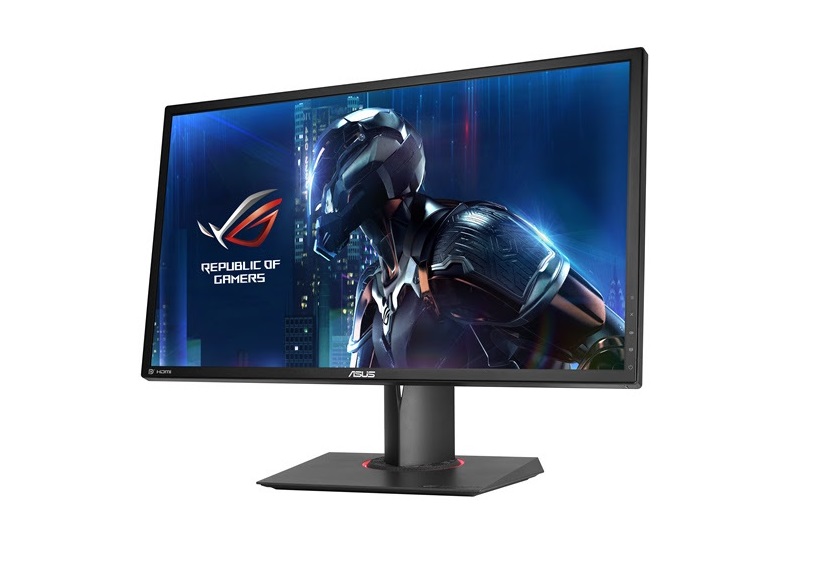As the Internet of Things makes its way ever further into our world and businesses of all sorts successfully make the transition to digital, far closer co-operation between IT departments and CIOs will be required, says research group Gartner Inc.
This is because the operational technology that monitors and controls internal business processes is going to be jam-packed with sensors and other IoT technologies, which will require close integration into IT systems in order for businesses to make the most of the new data being generated.
That integration is going to require not only a combination of existing skills – OT and IT working together – but also external assistance and even the development of new intellectual property.
Analyst and Gartner fellow Kristian Steenstrup says that the rapid adoption of IoT-enabled complex machines – and their use with OT platforms – will enable the use of “digital twins” to manage, monitor and maintain machines.
The concept of a digital twin is a data-driven digital representation of a physical machine’s assets that can be used to evaluate the field performance of that equipment. This has been done before in modern motor vehicles, which use a variety of sensors and computers to capture the telematics data generated by those vehicles, which is in turn used to remotely monitor all kinds of useful things like how well the operators drives, where it is, the state of various components and how close or far they are from failure etc.
Gartner says that by 2020 digital twins for industrial equipment will drive the move to a new “service” model, away from the current model of “procure and maintain”.
The exact same concept can and will be applied to the complex machinery that businesses make use of, and Gartner predicts that its use will hit “critical mass” by 2020. Furthermore, Gartner says that by 2020 digital twins for industrial equipment will drive the move to a new “service” model, away from the current model of “procure and maintain”.
The best part of this new model, Gartner continues, is the way in which “digital twins” will allow manufacturers to identify additional opportunities through which they can deliver value.
But of course, even though many companies surveyed by Gartner have indicated a willingness to pursue an active IT/OT integration, IoT deployment is still in its early stages, and right now it’s rare that any business has the time, manpower or expertise to drive that alignment.
So for now, it’s clear that organisations seeking that integration will need some form of external assistance. Gartner predicts that by 2020, there will be significant partnerships formed between OT service providers and IT organisations to get the job done.
[Source – Gartner, Header Image – CC By 2.0]






